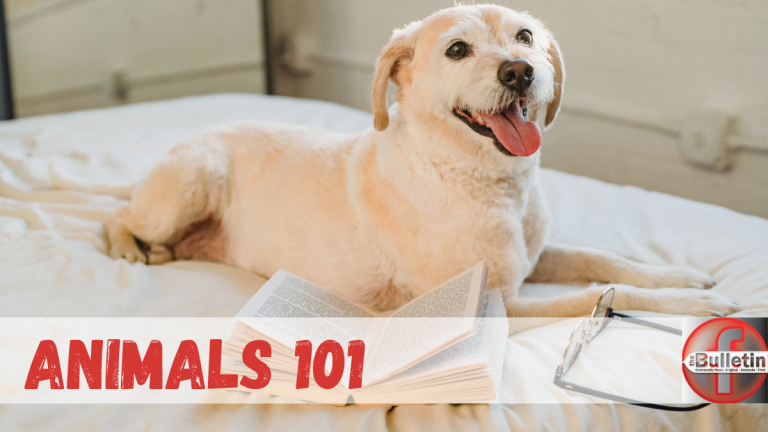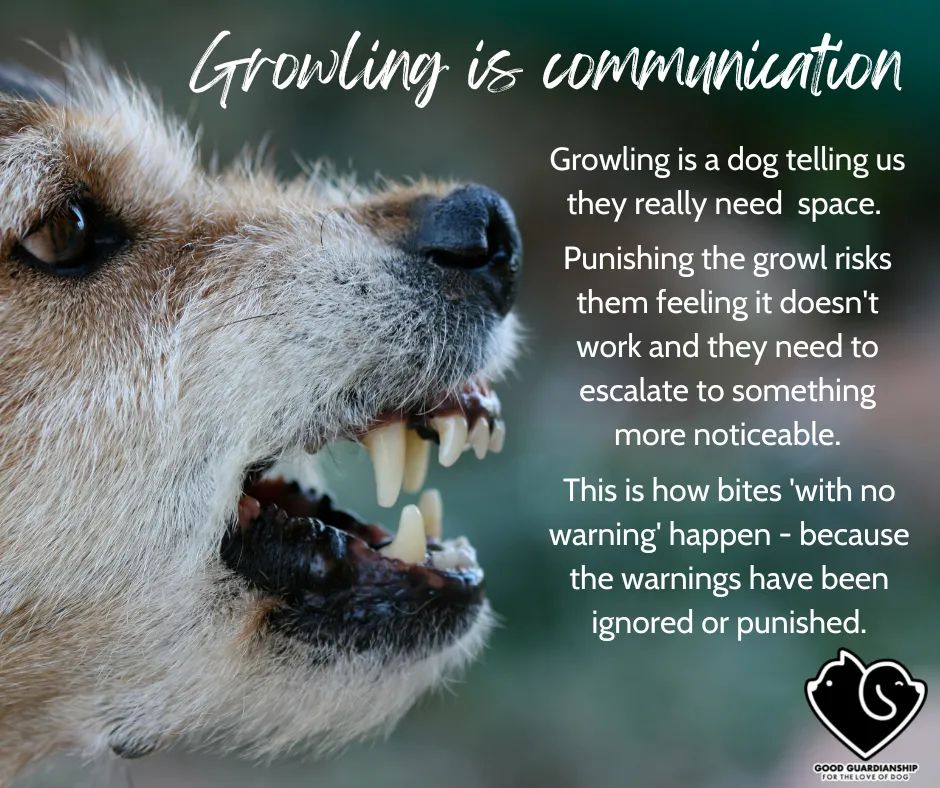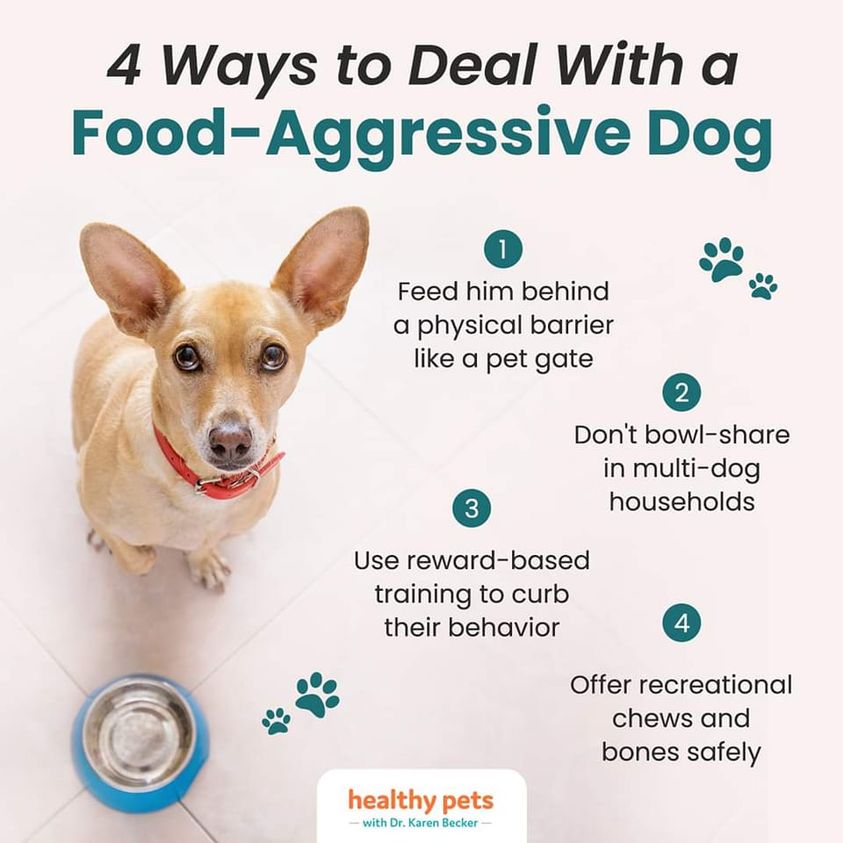
ANIMALS BEING AGGRESSIVE IS A COMPLEX BEHAVIOUR AND SHOULD BE IDENTIFIED CORRECTLY AND ADDRESSED IMMEDIATELY BY QUALIFIED INDIVIDUALS!
Aggressive behaviour is probably the most common behavioural problem in dogs seen by behaviour professionals and the most dangerous one seen in companion dogs. Behaviour is one of the most common reasons why people surrender animals to shelters, especially dogs, and aggression is one of them, although many behaviours that people perceive as aggressive are actually normal forms of communication.
As the Whole Dog Journal shares: “The broad spectrum of “aggressive behaviours” is technically called “agonistic behaviours” and is defined in ethology as, “pertaining to the range of activities associated with aggressive encounters between members of the same species or social group, including threat, attack, appeasement, or retreat.” So, while a growl-lunge-bite sequence would be easily recognized by most people as aggression, more subtle agonistic behaviours such as a freeze, a hard stare, or even a lack of eye contact, may go unnoticed (and unaddressed). The lack of understanding of basic and normal animal behaviour remains part of the problem!
Another part of the problem is also that there has been a cultural shift about dog aggression. I agree with Patt Miller that our culture has become over-sensitized to dog bites. In the past, if a child was bitten by a neighbour’s dog, the mother would usually question the child about what they did to provoke the animal. Nowadays, however, the first response is to contact a lawyer or a behaviour specialist (less likely), or even take the dog to a shelter. We have become a society that is increasingly fearful of aggression. Read more about the Pitbull crisis in SA and dog bite prevention.
This is a republication from 15 March 2023.

SOME FACTORS THAT MAY CONTRIBUTE TO DOG AGGRESSION
Aggression in animals can be caused by a variety of factors, such as fear, excess energy, self-defence, or pain and physical discomfort for example.
1. Lack of Socialization: Dogs that are not properly socialized may become aggressive when they encounter unfamiliar people or animals. Pups learn valuable information about behaviour from their mom/dad. If they are removed before 10-12 weeks, then this could affect their future behaviour negatively too.
2. Fear: Dogs may become aggressive when they feel threatened or scared, which is a normal response for us as humans too. “Aggressive” behaviour when defending themselves or a mom protecting her puppies are also examples.
3. Pain: Dogs in pain may become aggressive as a way to protect themselves.
4. Dominance: Dogs may become aggressive in an attempt to establish dominance over other animals or people. Whether people believe it or not, animals do establish hierarchy and what appears to be aggressive behaviour might be part of that, although possibly normal. Sometimes just the company of other dogs may be stressful to your dog, which may lead to “aggressive” behaviour.
5. Breed genetics: Some breeds of dogs might be predisposed to aggression and bad breeding practices have certainly contributed to this. All dogs can bite, but some may do more damage than others. Aggression can’t be blamed on the breed. The breed of a dog can tell you what they can do, but how they are raised and cared for, determines what they will do. I believe dog bites are 100% preventable and understanding body language is key to prevention.
6. Hormones: An earlier study showed that dogs with high levels of the hormone vasopressin may be more aggressive than dogs with lower levels; higher levels of oxytocin (the “love hormone”) and higher oxytocin-to-vasopressin levels are seen in the breeds least likely to behave aggressively. Hormone levels when a bitch is in heat may contribute to “aggressive” behaviour for both her and males. One of the many reasons we support spay & neuter.
7. Your response: The owner’s prior experience with dogs can contribute to or reinforce certain behaviours, and when you panic it may worsen the situation. Animals need calm and confident owners. Remember that aggression can be learned; your pup can learn that if he acts aggressively, the things that scare him will go away. This means that his aggressive behaviour is rewarded, and will become more frequent.
MORE ON BEHAVIOUR
Reactivity
Reactivity is a reaction to something that makes a dog uncomfortable. It always starts subtly and as signals are missed, ignored, or punished. We then start to see behaviours that become a problem for us, like growling, snarling, lunging and biting.
Resource guarding (including food, toys, humans, etc.)
All animals engage in defending their resources, and resources come in a variety of forms. Some may make sense, others may not. It may also seem surprising to you that your dog may resource guard items because they have an abundance of things. Food, toys, you…..but resource guarding isn’t about things. It’s about feelings as R+Dogs explains it, including:
- The fear of losing out on something.
- The fear associated with not having any control.
- The fear that comes with intimidation (implied or unknowingly present).
- The fear of the unknown.
- The fear of no escape.
- The fear of being unsafe.
Resource guarding can also be linked to pain so please have your dog thoroughly checked for pain by your vet.
Trigger stacking – when the behaviour happens “out of the blue”
We’ve all experienced days when it feels like everything is going wrong and we’re left feeling overwhelmed, anxious, and ready to lash out at the next person who speaks to us. This person may think we have a serious attitude problem or need anger management when in reality, we’re just having a really bad day and don’t usually act this way. The same is true for dogs. Behaviours that appear out of the blue or are out of character can often be attributed to the stacking of different triggers.
A trigger can be anything that causes a dog to become overwhelmed and have a negative reaction. These can be small, seemingly insignificant things that we may not even notice, but they can add up and eventually lead to a reaction that is out of proportion to the stimulus. When the dog’s stress levels reach a certain point, the next event, no matter how small, can cause an unexpected reaction.
Examples include: Someone at the gate, the garbage truck passing, a strange man fixing the pool, someone on a bike passing, other dogs barking, a kid that hugs the dog, etc. If this happens each on a consecutive day, you likely avoid the stacking, but if it all occurred in one day, they might “snap” with something simple due to stacking of triggers.
WHY PUNISHMENT IS NOT THE ANSWER!
Punishment is not the solution because it only suppresses the symptoms. Physical, punishment-based training is outdated. Such methods may include the use of choke chains, shock collars, or alpha rolls (physically rolling a dog onto the ground and holding him there) and hitting them. While these methods peaked in popularity in the 1960s, the science of dog training has advanced significantly in the last 50 years and today’s reputable trainers/behaviourists overwhelmingly shun them in favour of positive reinforcement or reward-based conditioning. Remember punishment, whether physical or mental, can harm your pet.
Never punish a growl, which usually precedes the bite or snap action. This way they will learn from you that it is safer to skip the growl because you will punish it, and then they bite “out of the blue”. A growl is a way of communicating that they are not happy and that they need your help! No bite is “out of the blue!”

WHAT CAN YOU DO?
You need an aggression-modifying action plan. A blanket approach can’t be followed for aggression, and an evaluation by a qualified behaviourist, not just a dog trainer, is important as well as addressing the individual needs of that animal if it is correctly identified as aggressive behaviour.
- My first stop will always be to go for a vet check to rule out any underlying medical issue or pain.
- Educate yourself about dog body language so you can be aware of your dog’s more subtle agonistic behaviours. Listen to what your pet is saying through their vocalizations or body language. TEMP – tails ears/eyes, mouth and posture. Also learn basic first-aid for pets in case of an emergency. See our previous article on body language here.
- Find out what is the cause of aggression or stressors, and the stress levels. Look for subtle signs too. Avoid putting them in situations where they may be compelled to act aggressively and also to help them cope. Take steps to eliminate it from their life if possible. If it is something that can’t be removed, try to manage it by removing the dog from the environment when the stressor is present or re-directing your pet’s attention. If it is too difficult to be removed or managed, try to change their opinion of the stressor (gradually) through counter-conditioning or behaviour modification in the presence of the stressor. Redirect their attention or give them a job. Always stay calm!
- Contact a behaviourist and make the time to follow the plan. Search for a behaviourist near you and ask for references. Remember that you need to look out for your pets, so if you feel uncomfortable with any trainer/behaviourist, then walk away and find someone else. We only support fear-free reward-based training methods. You can follow R+Dogs more on aggression and reactivity.

- Become a calm-confident guardian by setting rules and boundaries and being consistent.
- Meet all their needs physically and emotionally through species-appropriate enrichment.
- Never force affection and let them come to you.
This only includes the basics and each situation must be assessed by a qualified behaviourist and an individual plan needs to be formulated to help the particular animal cope.
Many people wait too long before getting help for their dogs. Invest in learning about body language so you can help your pet to better navigate this human world they were forced into. They are your responsibility and just as most won’t dump their angry child on an already overwhelmed welfare system, you shouldn’t give up on the animals in your care because you are not meeting their needs or understanding their behaviour.
Next week we will look at being a responsible pet guardian.
WHEN YOU KNOW BETTER, DO BETTER!
Disclaimer: I am not a behaviourist although I research these topics.